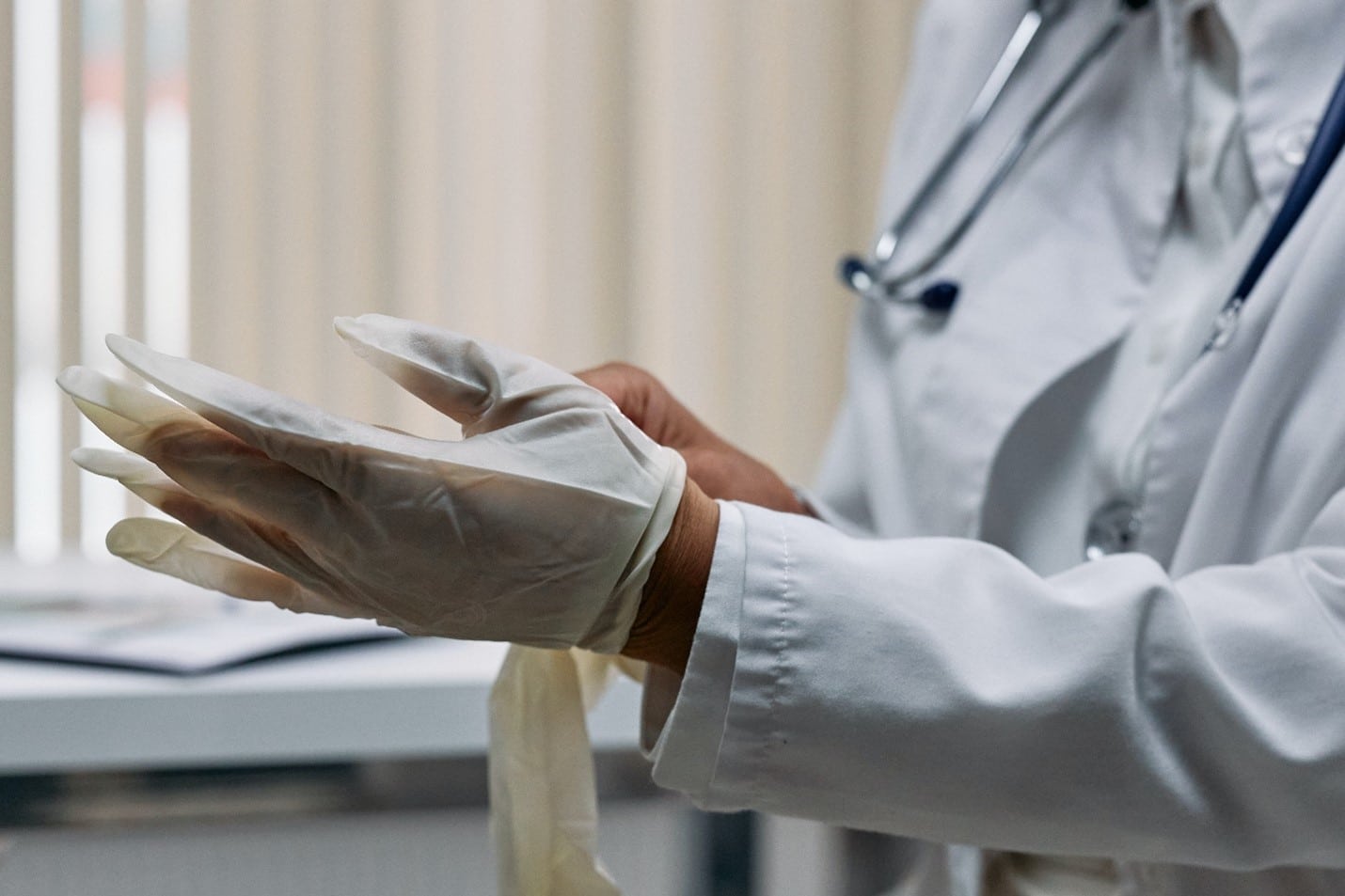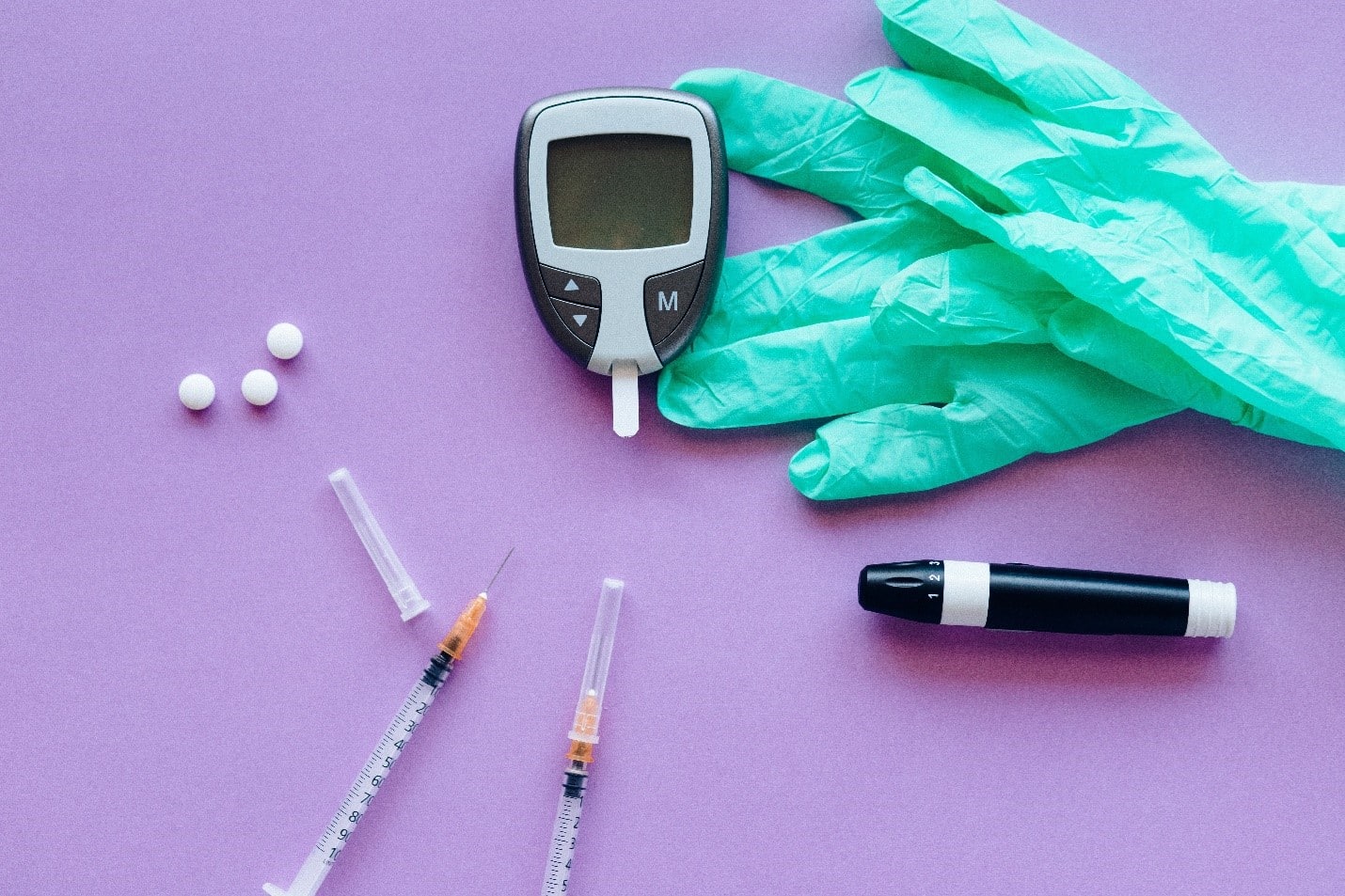
Importance of Medical Glove Testing in Ensuring Patient Safety
Medical glove testing holds paramount significance within the field of healthcare. Its criticality cannot be overstated, as this process plays a pivotal role in safeguarding the well-being of both healthcare workers and patients. The utilization of gloves is a standard practice in healthcare since 1890, serving as an impediment to the dissemination of infectious diseases. Consequently, ensuring the highest quality and compliance with necessary requirements for gloves used in healthcare settings becomes paramount. Unfortunately, the certification program for examination and surgical gloves has been discontinued. Some prioritize cost over safety when procuring gloves, leading to a disparity in quality.
It is essential to acknowledge that not all gloves are created equal. Parameters such as tear strength, pinholes, thickness, and puncture resistance can vary significantly. Moreover, gloves undergo aging, influenced by time and storage conditions. This aging process can be evaluated by testing the tensile strength and elongation before and after accelerated aging. Additionally, some patients have allergies to the powder found on the glove surface. This has led to the introduction of powder-free gloves. However, it is noteworthy that powder-free gloves still contain trace amounts of powder, and there are standards dictating the maximum allowable powder level.
Types of Medical Glove Testing
- Physical Testing: Physical testing constitutes a vital aspect of medical glove testing as it encompasses the evaluation of gloves’ physical properties. Tensile strength testing measures a glove’s capacity to endure stretching and tearing, while puncture resistance testing evaluates its ability to withstand punctures from sharp objects. Tear resistance testing, on the other hand, assesses a glove’s resistance to tearing caused by external forces.
- Chemical Testing: Chemical testing is another critical facet of medical glove testing. It entails evaluating a glove’s chemical resistance and assessing its ability to withstand exposure to various chemicals. Permeation testing gauges the rate at which chemicals can penetrate the glove material, while degradation testing examines a glove’s resilience against damage induced by chemicals and other substances.
- Microbiological Testing: Microbiological testing constitutes a crucial component of medical glove testing. Bacterial contamination testing determines a glove’s resistance to bacterial intrusion, while fungal contamination testing evaluates its ability to repel fungal contamination. Furthermore, viral contamination testing assesses a glove’s capacity to fend off viral intrusion.
Standards for Medical Glove Testing
To ensure gloves used in healthcare settings meet requisite standards, numerous organizations, including ASTM International, ISO, and the United States Pharmacopeia (USP), have established comprehensive standards. These standards encompass various aspects of medical glove testing, ranging from physical properties to chemical resistance and microbial contamination.
Medical Glove Testing Procedure
The assessment of glove quality is accomplished through a rigorous inspection procedure as part of medical glove testing. The pinhole leak test assumes utmost significance as it determines the suitability of gloves for medical applications. This critical evaluation examines the integrity of the glove’s barrier, safeguarding wearers against pathogen exposure, even in the presence of minuscule breaches in the material.
Importance of Medical Glove Testing in Healthcare
Medical glove testing assumes a pivotal role within healthcare settings due to its profound impact on ensuring the safety and well-being of healthcare workers and patients. The following five key areas underscore the significance of medical glove testing in healthcare.
- Protection Against Infectious Diseases: Gloves serve as an indispensable barrier between healthcare personnel and patients, mitigating the transmission of infectious diseases. Thoroughly tested gloves provide an effective layer of protection by minimizing direct contact with bodily fluids, pathogens, and other potentially harmful substances. Medical testing evaluates glove integrity, thickness, and impermeability to ascertain their ability to withstand exposure to hazardous materials.
- Allergy Prevention: Latex, nitrile, and other materials are commonly used for glove manufacturing, yet certain individuals may exhibit allergies or sensitivities to specific namely proteins. Medical glove testing assists in identifying potential allergens or irritants present in gloves, enabling healthcare providers to opt for alternative glove options for allergic individuals. By ensuring the absence of harmful substances or residues, medical testing reduces the risk of allergic reactions, such as contact dermatitis, thereby safeguarding patient care.
- Regulatory Compliance: Regulatory bodies, including health departments and quality assurance organizations, establish stringent standards and guidelines for glove usage in healthcare settings. Medical glove testing ensures adherence to these regulations, guaranteeing that gloves meet the requisite safety and performance criteria. Compliance enhances patient safety, shields healthcare workers from unwarranted risks, mitigates legal liabilities, and safeguards against potential fines or penalties.
- Quality Assurance: Medical glove testing is an integral component of quality assurance measures in the healthcare industry. By subjecting gloves to rigorous testing, manufacturers can identify and rectify any defects or weaknesses in the product. This meticulous process ensures that healthcare professionals have access to high-quality gloves that meet the demanding requirements of their work environment, thereby enhancing overall safety and reliability.
- Ensuring Healthcare Excellence: The scrupulous testing of medical gloves contributes to the overarching goal of delivering exceptional healthcare. By providing healthcare providers with reliable and durable gloves, the risk of contamination and transmission of infections is significantly mitigated. This not only safeguards the well-being of both healthcare professionals and patients but also upholds the standards of excellence and professionalism within the healthcare domain.
Important Tests For Better Protection
Medical glove testing assumes paramount significance within the realm of healthcare. It encapsulates the imperative of optimal protection against infectious diseases, the mitigation of allergic reactions, and adherence to regulatory standards. These pivotal factors converge to establish an environment steeped in safety for both healthcare practitioners and recipients. Through the meticulous implementation of stringent testing protocols and the employment of gloves of unparalleled quality, the holistic well-being of all stakeholders within the healthcare continuum is fortified.
As a material testing laboratory, Micom offers testing services to manufacturers of medical equipment such as medical gloves. We offer accelerated aging testing, cold chain testing, sterile barrier testing, package testing and more. Contact us to find out how we can help you.



